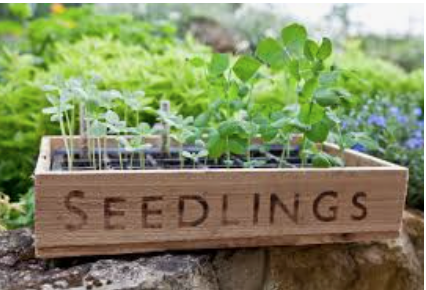Uncategorized
Seed Sowing 101

Check the seed packet. If there is any mention that the seeds need to be stratified or scarified, that’s another good indicator of a seed type that will respond well to winter sowing.
In general, seeds require some sort of trigger to break their dormancy and cause germination. Stratification is the process of using prolonged periods of cold temperatures to break dormancy. Consider what happens in nature.
Certain varieties of seed fall to the ground and have to ride out winter before they sprout. If they germinated immediately after they made contact with the soil, they wouldn’t survive the winter season. It’s only after a certain period of time in cool or freezing temperatures that they become ready to germinate.
This process can be mimicked by placing the seeds into a refrigerator or a freezer, but winter sowing eliminates the need for that. The seeds are exposed to the cold temperatures of the natural environment and break dormancy as the days grow longer and the soil becomes warmer.
The term scarification is another signal of a good winter sowing option. Lots of seed varieties have a hard outer coating designed to protect the seed embryo. In nature, those hard shells are broken down in a variety of ways – including the digestive system of birds or other creatures, as well as freezing temperatures. Scarification is the process of manually weakening the hard seed coating. This can be done in many ways, but with winter sowing, it’s unnecessary. The freezing temperatures can weaken the seed coat naturally.
Other terms to look for in seed varieties you are interested in winter sowing: self-sowing direct-sowing cold-hardy pre-chill sown when cool When you spot those on a seed packet or in a seed description, you can feel confident about trying the winter sowing technique.
The varietal name can also provide clues about their winter sowing viability.
Alpine
polar
Siberian
oriental
arctic – notice a trend?
Those varieties were so named, because of their native climate or their ability to withstand freezing temperatures.
Head to our Propagation post for our recipe for seed raising mix
